Blankert, A. “What Is Dutch Seventeenth Century Genre Painting? A Definition and Its Limitations.” In Holländische Genremalerei im 17. Jahrhunderts: Symposium Berlin 1984 (Jahrbuch Preussischer Kulturbesitz, Sonderband 4), 9–32. Berlin, 1987.
Bostoen, K. “Zo eerlijk als goud: de ethiek van de wereldstad.” In Op belofte van profijt, by H. Pleij et al., 333–46. Amsterdam, 1991.
Bruijnen, Y., and P. Huys-Janssen. De vier jaargetijden in de kunst van de Nederlanden 1500–1750. Exh. cat. ‘s-Hertogenbosch: Noordbrabants Museum/Leuven: Stedelijk Museum Vander Kelen-Mertens, 2002–3.
De Heere, L. Den hof en boomgaerd der poësien. Edited by W. Waterschoot. Zwolle, 1969.
De Jongh, E., and G. Luijten. Mirror of Everyday Life: Genre Prints in the Netherlands 1550–1700. Exh. cat. Amsterdam: Rijksmuseum, 1997.
Erasmus, D. Spiritualia and Pastoralia. Collected Works of Erasmus 69. Edited by J. W. O’Malley and L. A. Perraud. Toronto/Buffalo/London, 1999. https://doi.org/10.3138/9781442680135
Filedt Kok, J. P. De ‘Dans om het gouden kalf’ van Lucas van Leyden. Amsterdam, 2008.
Filedt Kok, J. P., et al. Livelier than Life: The Master of the Amsterdam Cabinet or the Housebook Master ca. 1470–1500. Exh. cat. Amsterdam: Rijksprentenkabinet/Rijksmuseum 1985.
The French Renaissance in Prints from the Bibliothèque Nationale de France. Exh. cat. Los Angeles: Armand Hammer Museum of Art/New York: The Metropolitan Museum of Art/Paris: Bibliothèque nationale de France, 1994–95.
Gaehtgens, B., ed. Genremalerei. Berlin, 2002.
Goldstein, C. Pieter Bruegel and the Culture of the Early Modern Dinner Party. Burlington, Vt.: Farnham, 2013.
Grosshans, R. Maerten van Heemskerk: Die Gemälde. Berlin, 1980.
Grössinger, C. Humour and Folly in Secular and Profane Prints of Northern Europe, 1430–1540. London/Turnhout, 2002.
Hansen, W. Kalenderminiaturen der Stundenbücher: Mittelalterliches Leben im Jahreslauf. Munich, 1984.
Hermesdorf, B. H. D. De herberg in de Nederlanden: Een blik in de beschavingsgeschiedenis. Arnhem, 1977.
Kemperdick, S., and F. Lammertse. The Road to Van Eyck. Exh. cat. Rotterdam: Museum Boijmans Van Beuningen, 2012–13.
Komrij, G. De Nederlandse poëzie van de 12de tot en met de 16de eeuw in duizend en enige bladzijden. Amsterdam, 1991.
Müller, J. “Albrecht Dürer’s Peasant Engravings: A Different Laocoön, or the Birth of Aesthetic Subversion in the Spirit of the Reformation.” Journal of Historians of Netherlandish Art 3, no. 1 (2011). https://doi.org/10.5092/jhna.2011.3.1.2
Münch, B. U., and J. Müller. Peiraikos’ Erben: Die Genese der Genremalerei bis 1550. Wiesbaden, 2015.
Nalis, H. The New Hollstein Dutch and Flemish Etchings, Engravings and Woodcuts 1450–1700: The Van Doetecum Family. 4 vols. Rotterdam, 1998.
Orenstein, N. M. The New Hollstein Dutch and Flemish Etchings, Engravings and Woodcuts 1450–1700: Pieter Bruegel the Elder. Ouderkerk aan den IJssel, 2006.
Parshall, P. “Art and the Theater of Knowledge: The Origins of Print Collecting in Northern Europe.” Harvard University Art Museum Bulletin 2 (1994): 7–36.
Pleij, H. De sneeuwpoppen van 1511: Literatuur en stadscultuur tussen middeleeuwen en moderne tijd. Amsterdam, 1988; repr. 1998.
Pleij, H. Het gevleugelde woord: Geschiedenis van de Nederlandse literatuur 1400–1560. Amsterdam, 2007.
Porzio, F., ed. Da Caravaggio a Ceruti: La scena de genere e l’immagine dei pitocchi nella pittura italiana. Exh. cat. Brescia: Museo di Santa Giulia, 1998–99.
Renger, K. Lockere Gesellschaft: Zur Ikonographie des Verlorenen Sohnes und von Wirtshausszenen in der niederländischen Malerei. Berlin, 1970.
Ruelens, K. Refereinen en andere gedichten uit de XVIe eeuw verzameld en afgeschreven door Jan de Bruyne. 3 vols. Antwerp, 1879–81.
Rupprich, H. Dürer, Schriftlicher Nachlass. 3 vols. Berlin 1956–69.
Sellink, M. Bruegel: The Complete Paintings, Drawings and Prints. Ghent, 2007.
Silver, L. Peasant Scenes and Landscapes: The Rise of Pictorial Genres in the Antwerp Art Market. Philadelphia, 2006.
Stechow, W., and C. Corner. “The History of the Term Genre.” Allen Memorial Art Museum Bulletin 33, no. 2 (1975–76): 89–94.
Sterck, J. F. M. Onder Amsterdamsche Humanisten: Hun opkomst en bloei in de 16e eeuwsche stad. Amsterdam: Hilversum, 1934.
Stewart, A. G. Before Bruegel: Sebald Beham and the Origins of Peasant Festival Imagery, Burlington, VT: Aldershot, 2008.
Stewart, A. G. Unequal Lovers, A Study of Unequal Couples in Northern Art. New York, 1977.
Vandenbroeck, P. “Verbeeck’s Peasant Weddings: A Study of Iconography and Social Function.” Simiolus 14 (1984): 79–124. https://doi.org/10.2307/3780589
Van de Pol, L. C. “Beeld en werkelijkheid van de prostitutie in de zeventiende eeuw.” In Soete minne en helsche boosheit. Seksuele voorstellingen in Nederland, edited by G. Hekma and H. Roodenburg, 109–44. Nijmegen, 1988.
Van de Pol, L. C. Het Amsterdams hoerdom: Prostitutie in de zeventiende en achttiende eeuw. Amsterdam, 1996.
Van der Coelen, P. “Producing Texts for Prints: Artists, Poets, and Publishers.”In The Authority of the Word, Reflecting on Image and Text in Northern Europe, 1400–1700, edited by C. Brusati, K. A. E. Enenkel, and W. S. Melion, 75–100. Boston/Leiden, 2012.
Van der Coelen, P., and F. Lammertse. De ontdekking van het dagelijks leven: Van Bosch tot Bruegel. Exh. cat. Rotterdam: Museum Boijmans Van Beuningen, 2015.
Van der Coelen, P., et al. Images of Erasmus. Exh. cat. Rotterdam: Museum Boijmans Van Beuningen, 2008–9
Van der Sman, G. J. De eeuw van Titiaan: Venetiaanse prenten uit de Renaissance. Exh. cat. Maastricht: Bonnefantenmuseum/Bruges: Groeningemuseum, 2002–3.
Van der Stock, J. Antwerpen verhaal van een metropool, 16de–17de eeuw. Exh. cat., Antwerp: Hessenhuis, 1993.
Van der Stock, J. Printing Images in Antwerp: The Introduction of Printmaking in a City, Fifteenth Century to 1585. Rotterdam, 1998.
Van Mander, K. Het Schilder-Boeck: Waer in voor eerst de leerlustighe iueght den grondt der edel vry schilderconst in verscheyden deelen wort voorghedraghen. Haarlem, 1604.
Van Passen, A.-M. “Antwerpen goed bekeken. Een bloemlezing.” In Antwerpen verhaal van een metropool, 16de–17de eeuw, exh. cat., edited by J. Van der Stock, 59–67. Antwerp: Hessenhuis, 1993.
Verberckmoes, J. Schertsen, schimpen en schateren: Geschiedenis van het lachen in de Zuidelijke Nederlanden, zestiende en zeventiende eeuw. Nijmegen, 1998.
Verhuyck, P., and C. Kisling. Het Mandement van Bacchus: Antwerpse kroegentocht in 1580. Antwerp/Amsterdam, 1987.
Vermeylen, F. Painting for the Market: Commercialization of Art in Antwerp’s Golden Age. Turnhout, 2003.
Vlaamse miniaturen 1404–1482. Exh. cat. Brussels: Royal Library of Belgium/Paris: Bibliothèque nationale de France, 2011–12.
Will, C. “Henricus de Hassia über das Wiesbadener Badeleben im 14. Jahrhundert.” Annalen des Vereins für Nassauische Alterthumskunde und Geschichtsforschung 13 (1874): 344–49.
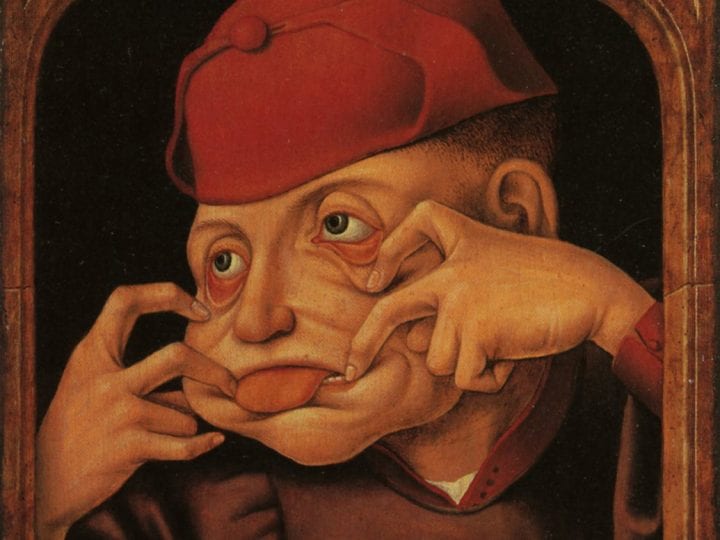
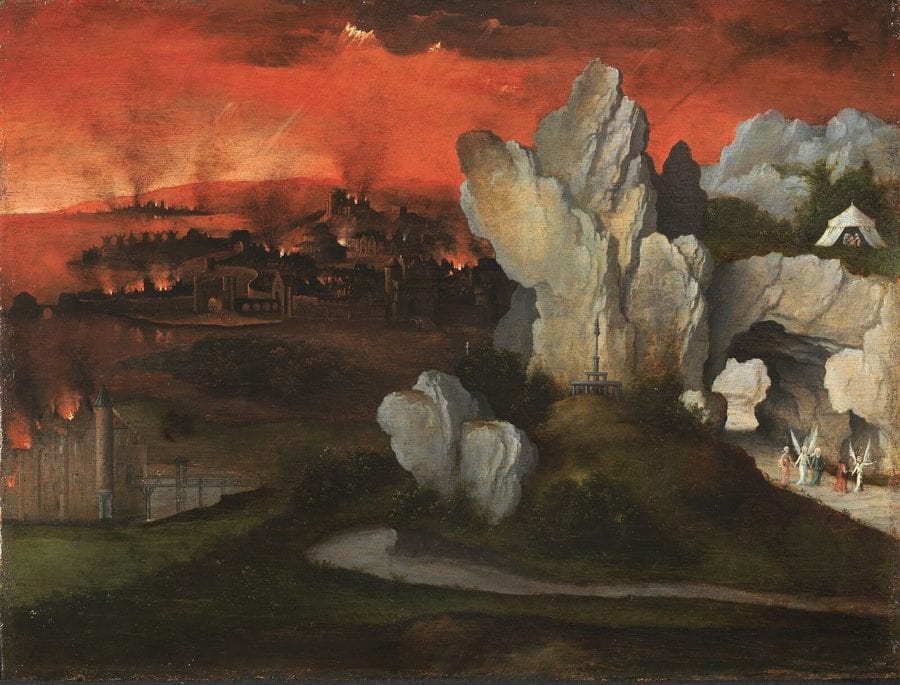




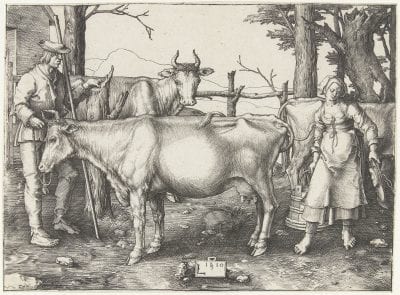
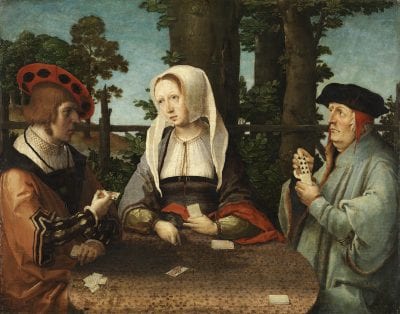
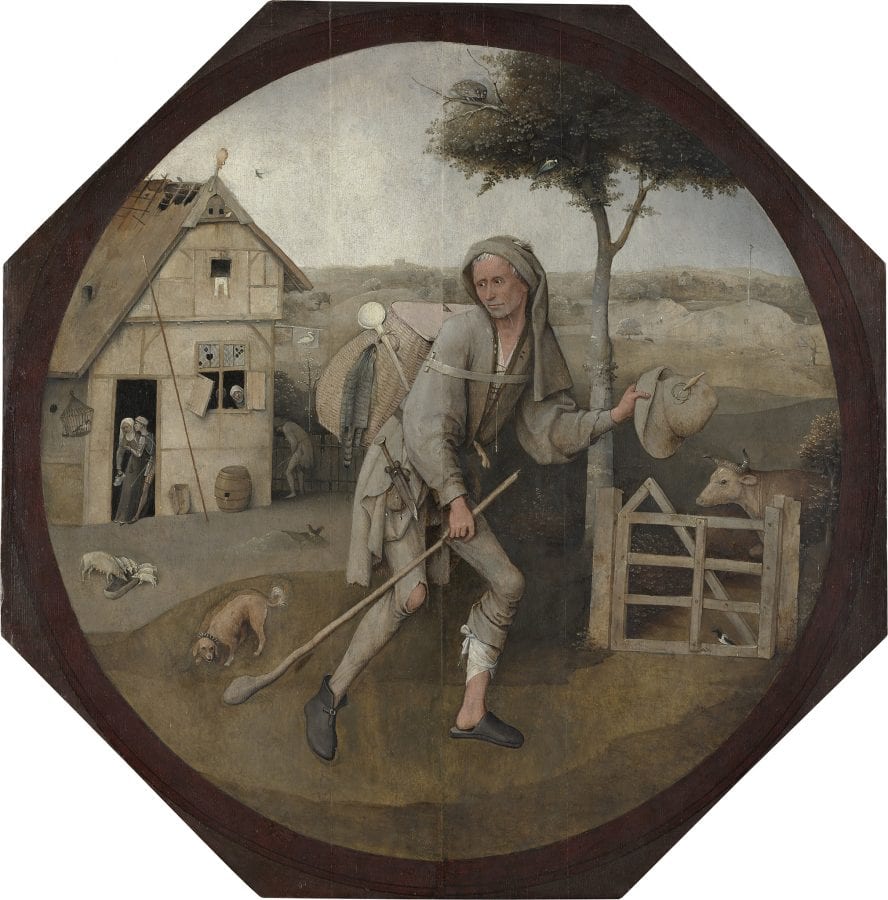
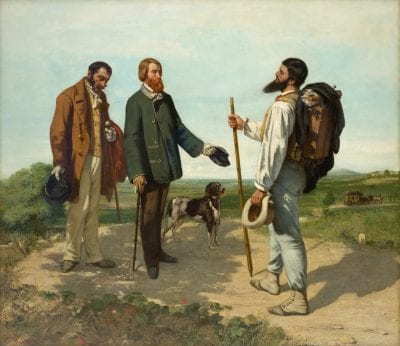

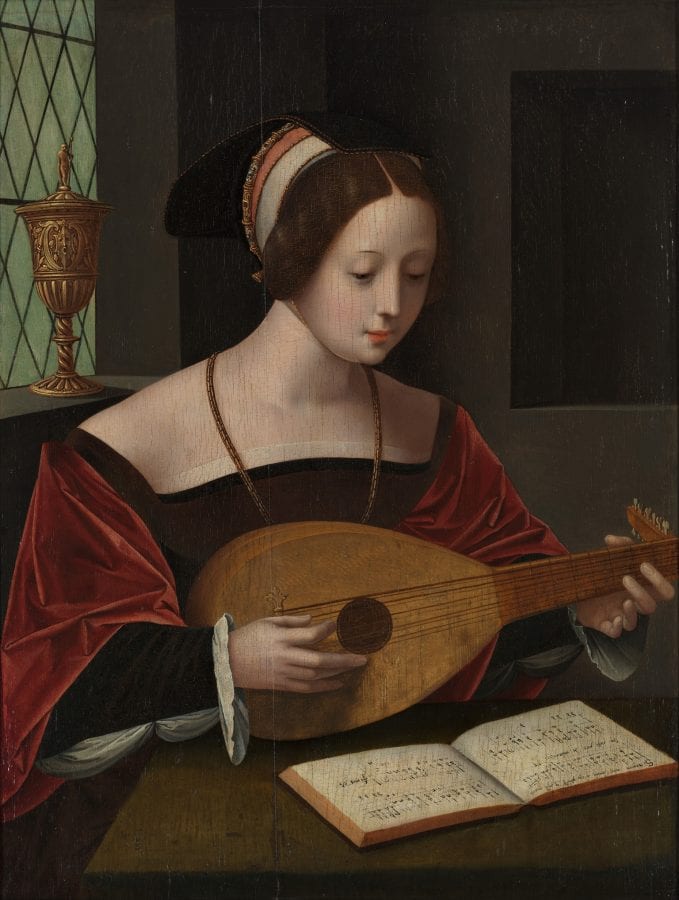
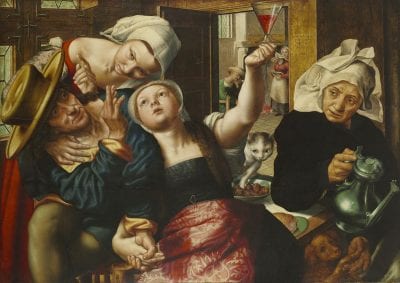
![Jan Sanders van Hemessen and the Master of Paul and Barnabas, The Prodigal Son in the Brothel, 1536, signed and dated io[ann]es de hemessen/pingebat 1536, Brussels, Royal Museums of Fine Arts of Belgium](https://jhna.org/wp-content/uploads/2019/01/BBTrans_11.1_fig13-400x287.jpg)


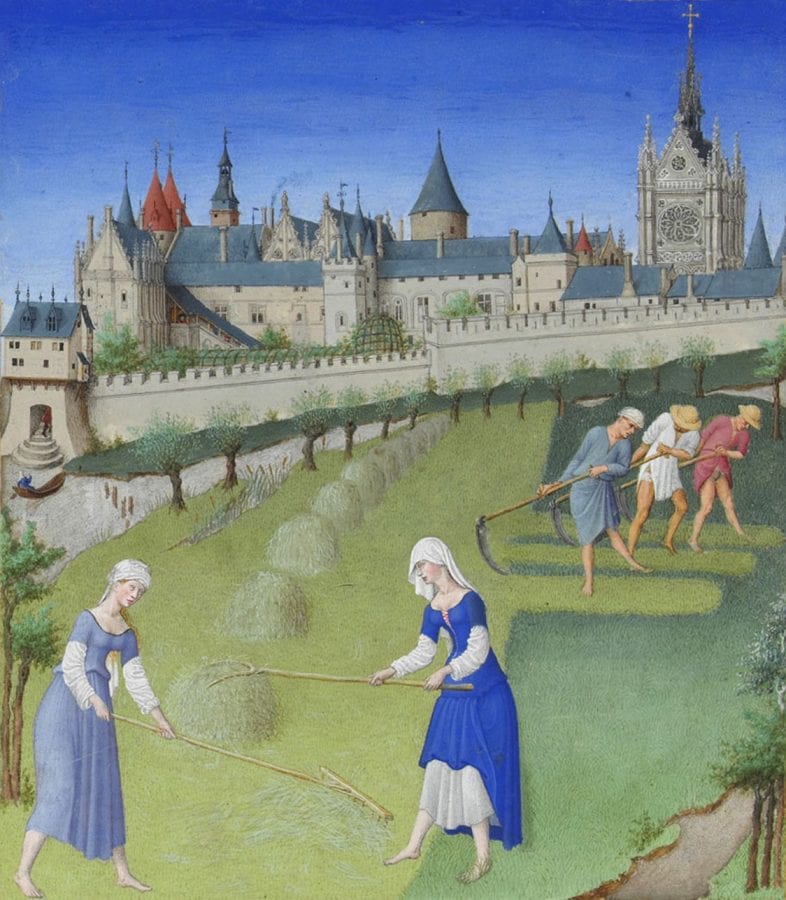
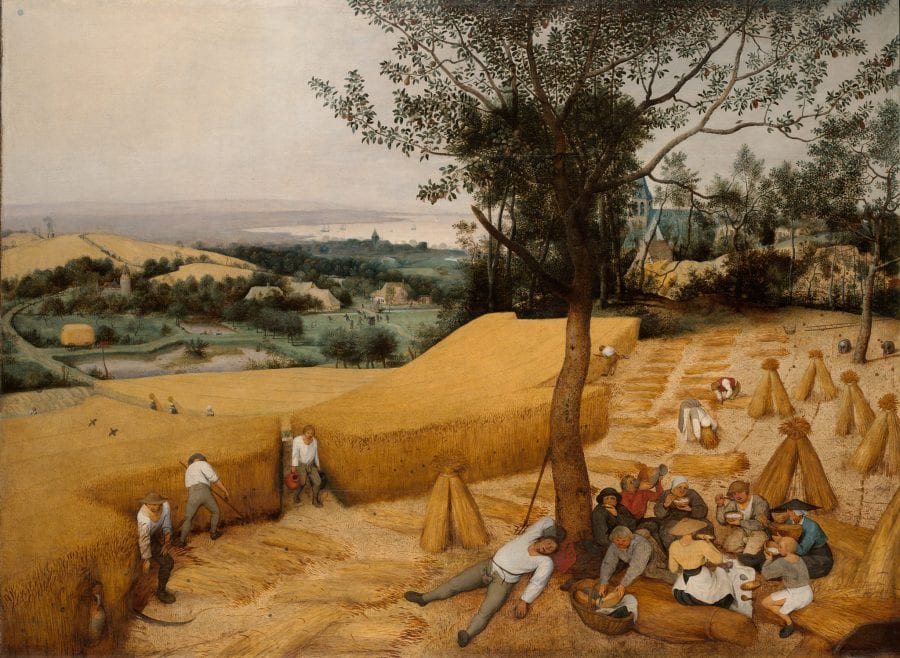
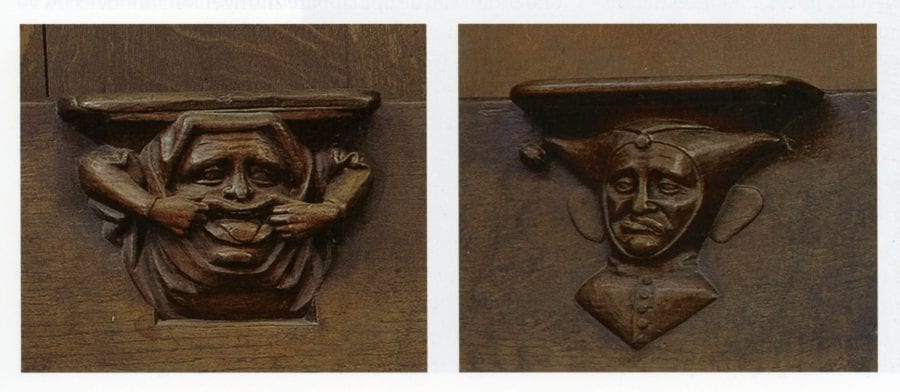
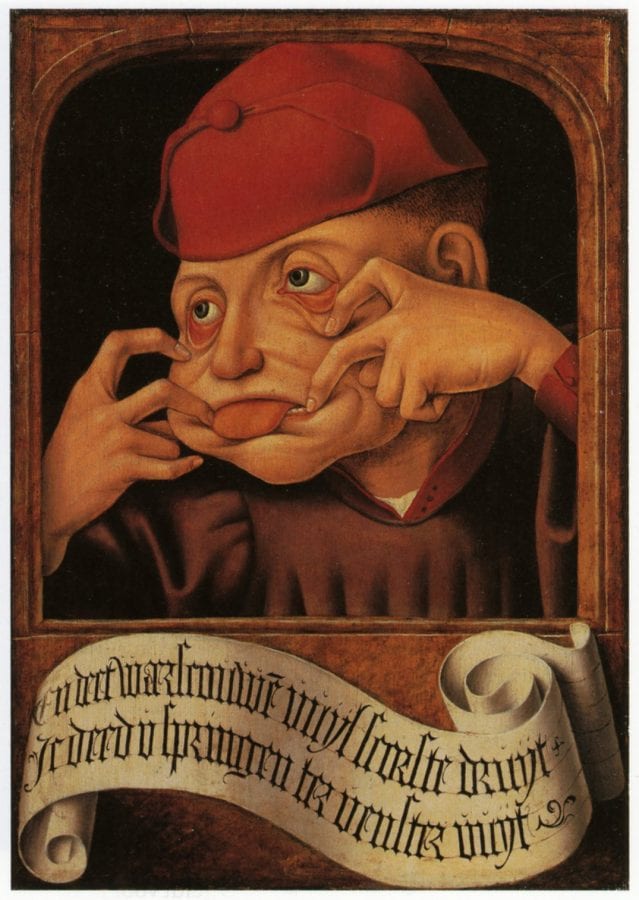
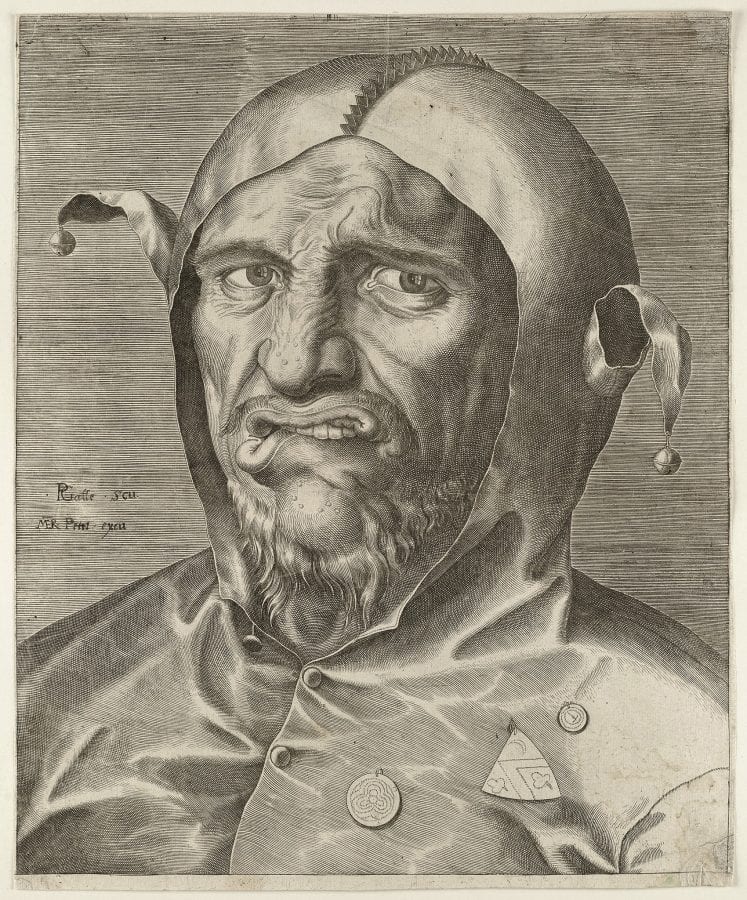























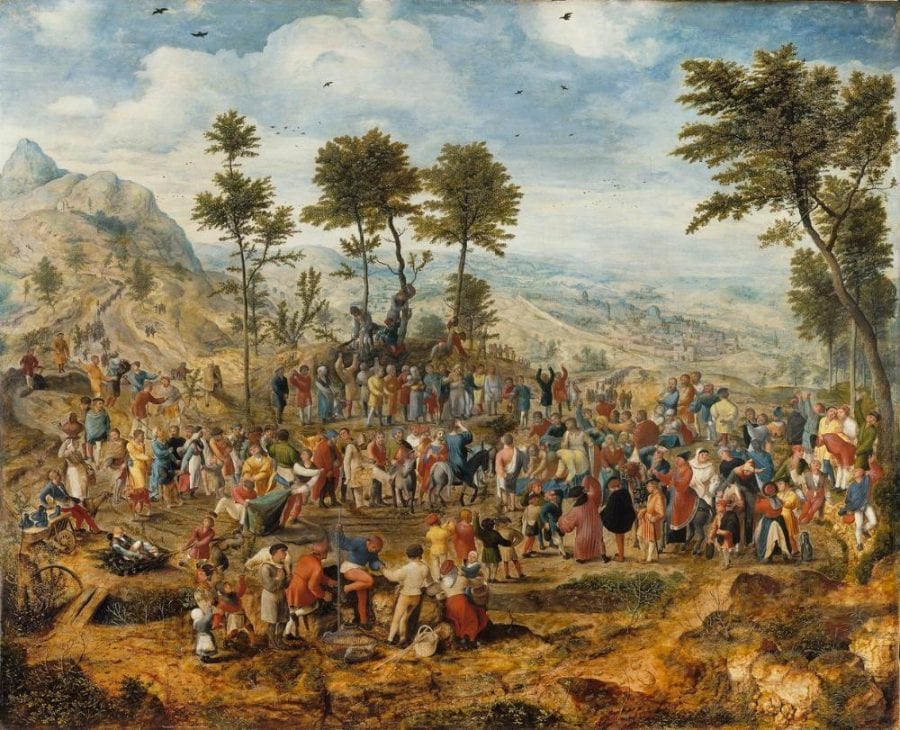
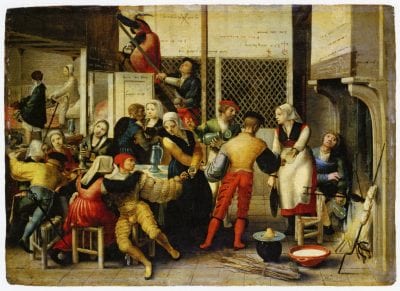
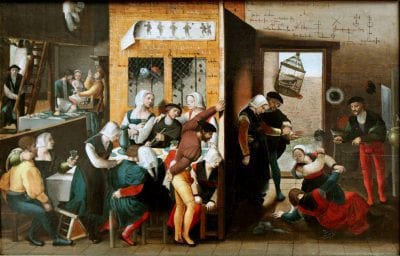














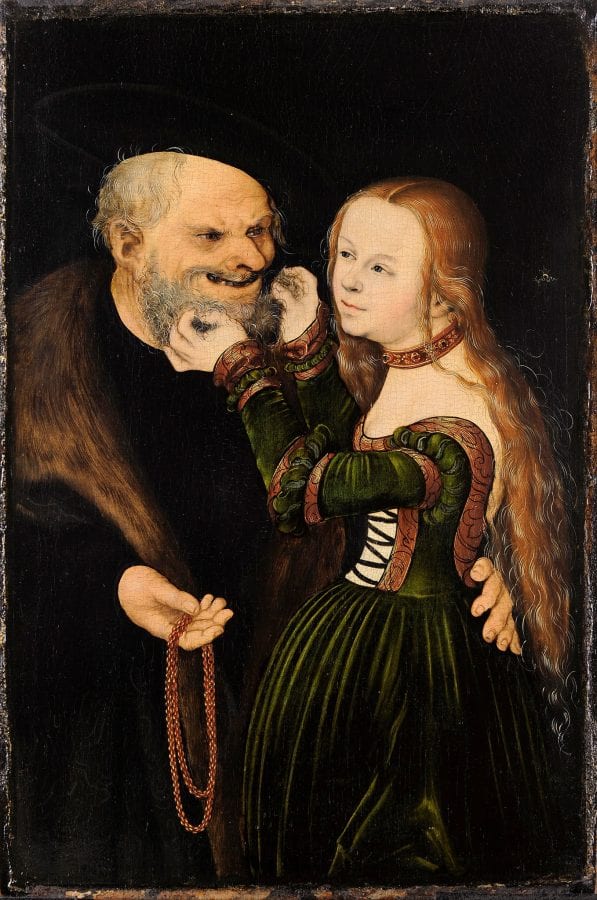
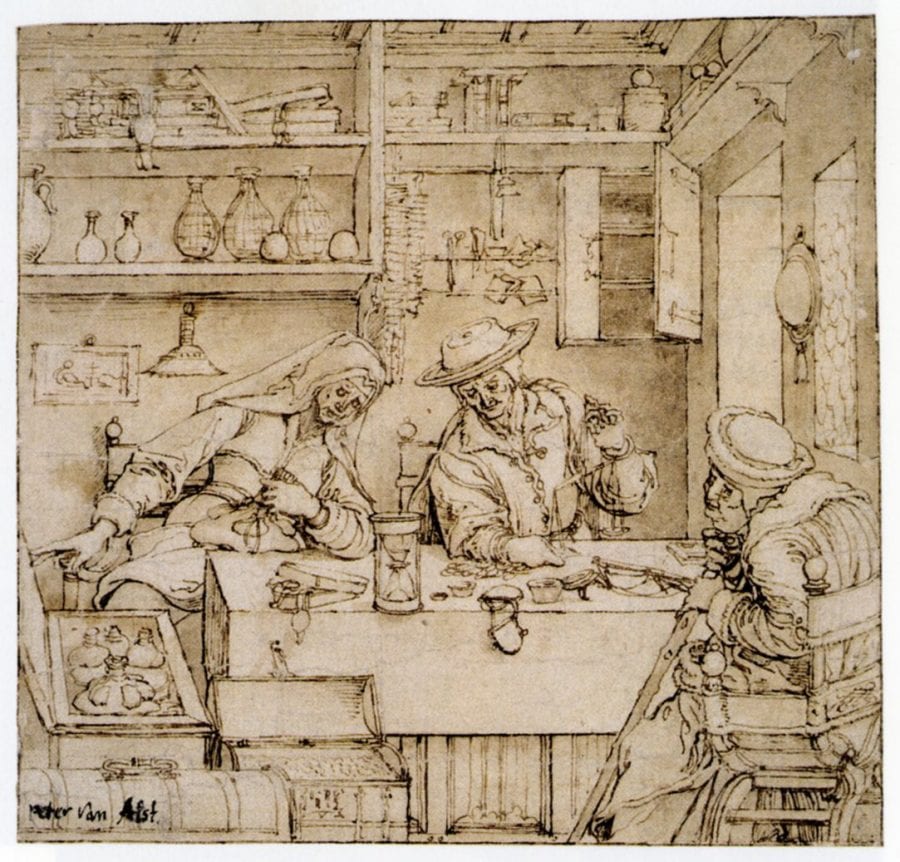
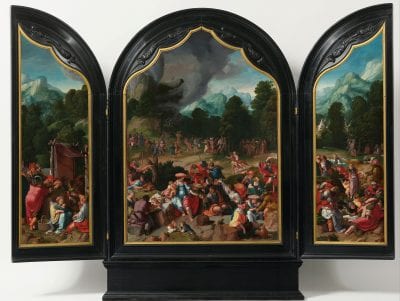
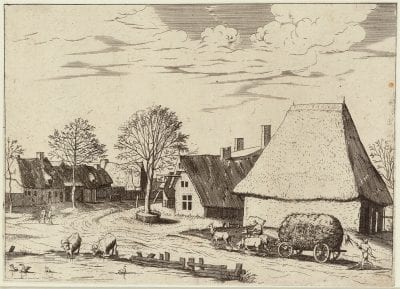


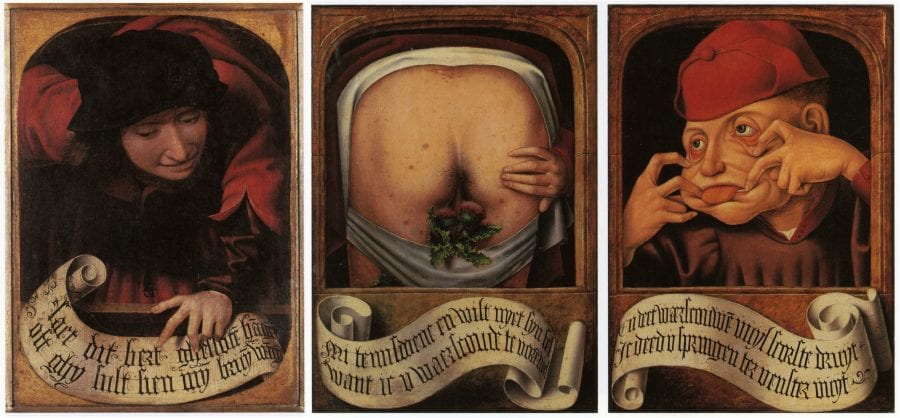
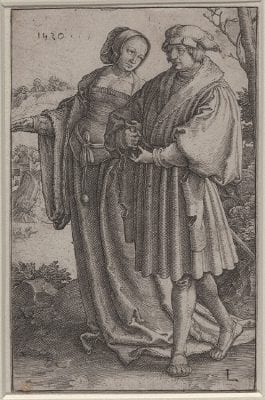

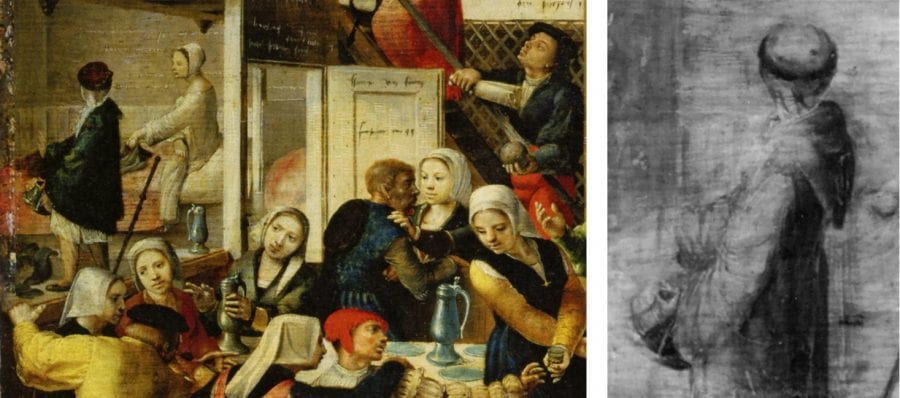








![Jan Sanders van Hemessen and the Master of Paul and Barnabas, The Prodigal Son in the Brothel, 1536, signed and dated io[ann]es de hemessen/pingebat 1536, Brussels, Royal Museums of Fine Arts of Belgium](https://jhna.org/wp-content/uploads/2019/01/BBTrans_11.1_fig13-112x84.jpg)





















